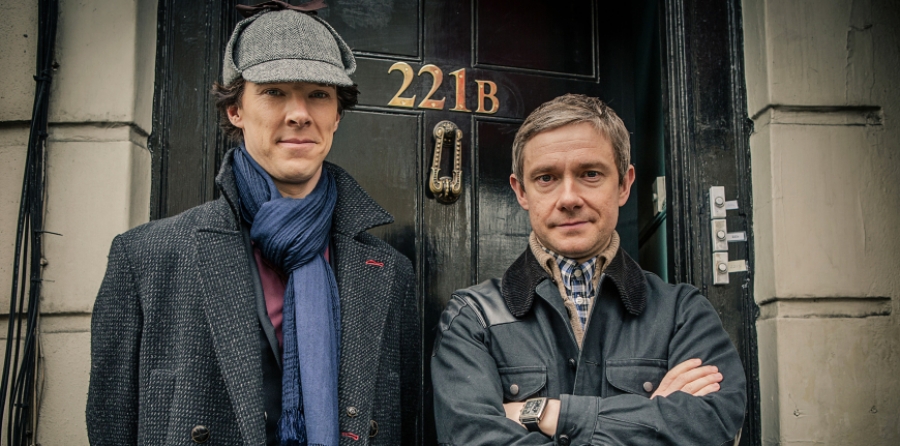This might be a funny image they’ve thought up to help them learn a tricky idea in Science or a key word in a foreign language. Maybe it’s a rhyme to learn a multiplication fact, a mental journey that helps them navigate through a list of historical facts, or even a whole ‘building’ constructed in their mind to store everything they need to write an essay or give an entire presentation from memory.
I’m talking about the moment when my pupils show me they’ve taken a crucial step up in their learning"Many pupils appreciate the order and logic involved in creating patterns." – going from simply reading, watching or listening to information and hoping it sticks, to controlling how to remember it, selecting confidently from a range of memory strategies to ensure learning really works.
For more than a decade now, I’ve been teaching children very specific memory techniques to help them become active, confident learners. They’re all strategies based on the central principles of memory – attention, repetition, visualisation, association – and children pick up these methods quickly because they’re energetic, creative and fun!
Some pupils particularly enjoy the mental anarchy involved in inventing imaginative scenes and stories to remind them of key information. Others appreciate the order and logic involved in creating patterns and making links, giving structure to their learning.
If you frame this work as memory ‘training’ with a competitive edge, and show them how to impress people with feats of memorisation, you’ll quickly get all your children challenging themselves to learn – and to learn well – consciously, powerfully and effectively.
For example, get them to give you a list of random words, then start them off on a memorable story that can play out in their imagination. If you model turning each word into a picture, which connects to the next picture in an exaggerated way, they’ll carry on the process themselves.
cup, fairy, football, custard, mouse, bicycle, tent, giant, box, mountain
“Imagine… a beautiful porcelain cup, in which a little fairy is sitting, bouncing a football… which suddenly bursts, leaking bright yellow custard everywhere. You notice tiny footprints in the custard, made by a mouse, which jumps onto a bicycle and…”
Once they’ve got to the end of their weird and wonderful story they can test themselves to check they know the list forwards and backwards. Give them any word on the list and they’ll quickly tell you what came before and afterwards. And if you give them another ten words, see how confident they are to continue the story and learn all of those, too.
Any kind of information can be turned into imagery – vivid, colourful, alive – and instantly made more memorable. Instead of random words, the information could be instructions; checklists for tests; key-words in essays; important points to include in a presentation. The individual images can be linked together into stories or arranged around mental journeys, allowing them to be retrieved easily so the original information can be quickly reconstructed. Learning this way, children are shown the importance of understanding the information they’re given in school. By focusing on the key details, it soon becomes second nature for them to spot patterns and connections, enabling them to engage with what they’ve learned on a deeper level than ever before.
Sometimes, it’s just two images that need to be linked together. Learning French, for example, you might suggest that your children imagine a ship sailing through the door – because ‘La porte’ has become a port."There’s so much to be gained from taking control of the memory process." Maybe the apple they bite (la pomme) turns out to look and taste more like a pom-pom…
Learning a tricky times-table like ‘7 x 8 = 56’, you could get them turning the numbers into pictures or playing around with what they sound like. If they can visualise a lamp (7) shining on a snowman (8) so that the snow melts, leaving behind nothing but a pair of ‘filthy socks’ … it should be much easier for them to fix the answer firmly in their memory.
I always enjoy hearing from teachers, parents and children about the wide-ranging benefits of memory techniques. Better concentration, greater confidence, boosts in both organisation and creativity, even noticeable improvements in communication and behaviour. There’s so much to be gained from taking control of the memory process, especially when these good habits are embedded early on. Most of my work has been with Primary school age children, so I’ve seen these skills applied to SATs and other assessments with great effect – and then put to use during the transition to Secondary school, with all the new people, directions, times, rules and routines that need to be learnt there.
I’ve also spoken to children who have carried on using the memory skills I taught them when they were 11-years-old, helping them to prepare for and excel in all-important exams at age 18, and beyond.
Additionally, teachers benefit hugely when their pupils start thinking like this. The children can make the most of everything that’s presented to them, working with their teacher to make the learning effective. And the more the class can explain how they’re learning something and which techniques work best for them, the more their teacher can teach in a way that matches: allowing for repetition, providing imagery, suggesting connections and helping their pupils learn to learn. I love observing lessons that have clearly been designed to be memorable.
Above all, I relish that look of excitement and pride that tells me a child can suddenly feel their memory working. They’ve taken control of the memory process, taken highly strategic steps to store information and then recall it at will. They’re not leaving it to chance any more, but consciously building memories that last. And their learning will never be the same again.
How do you help pupils with their memory? Remind us below.


















